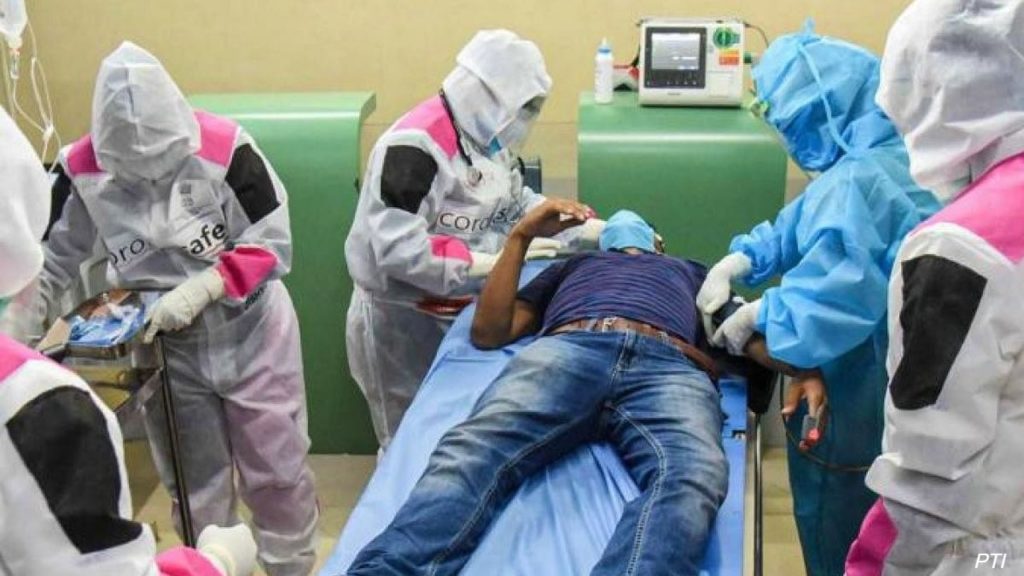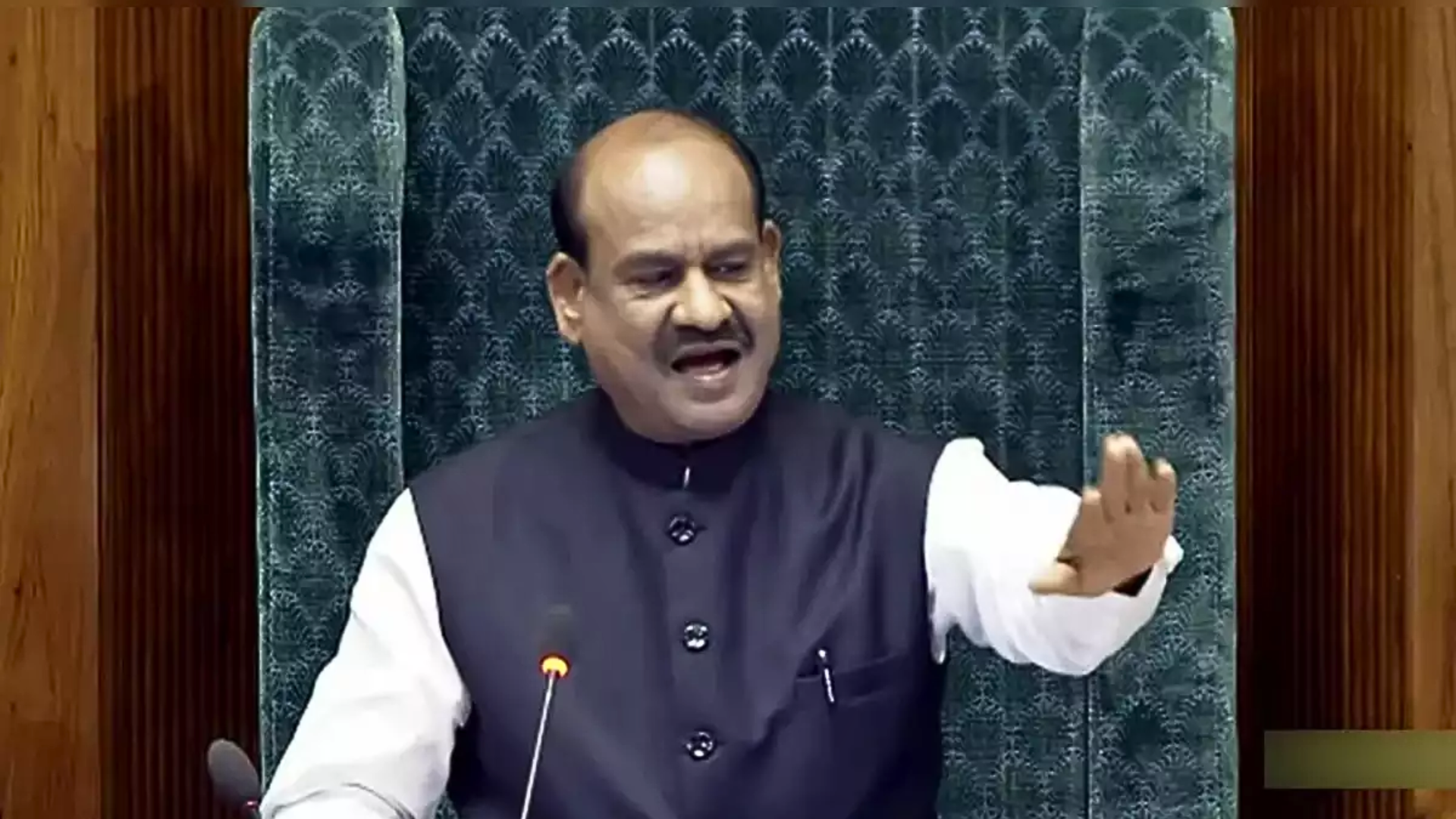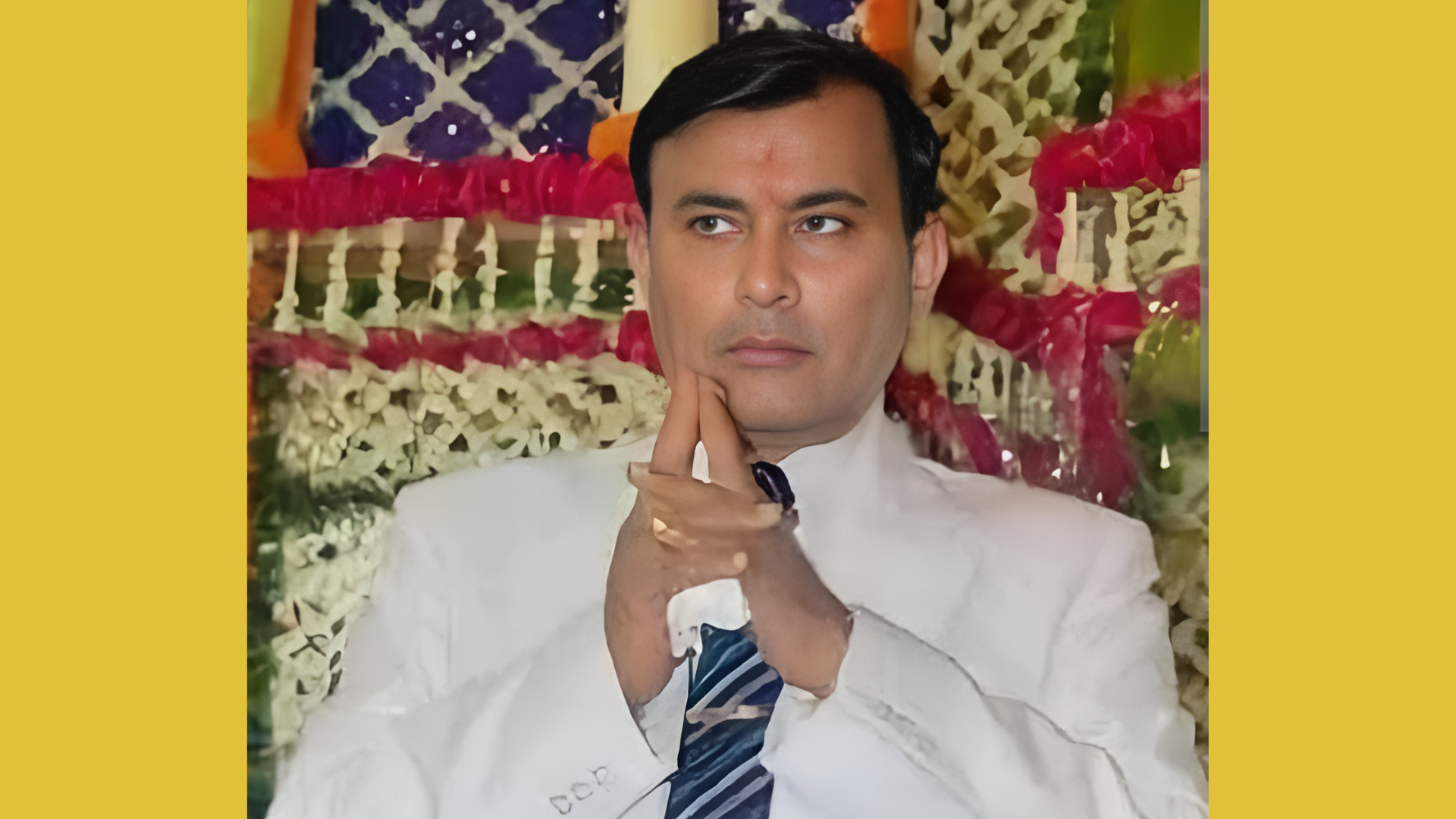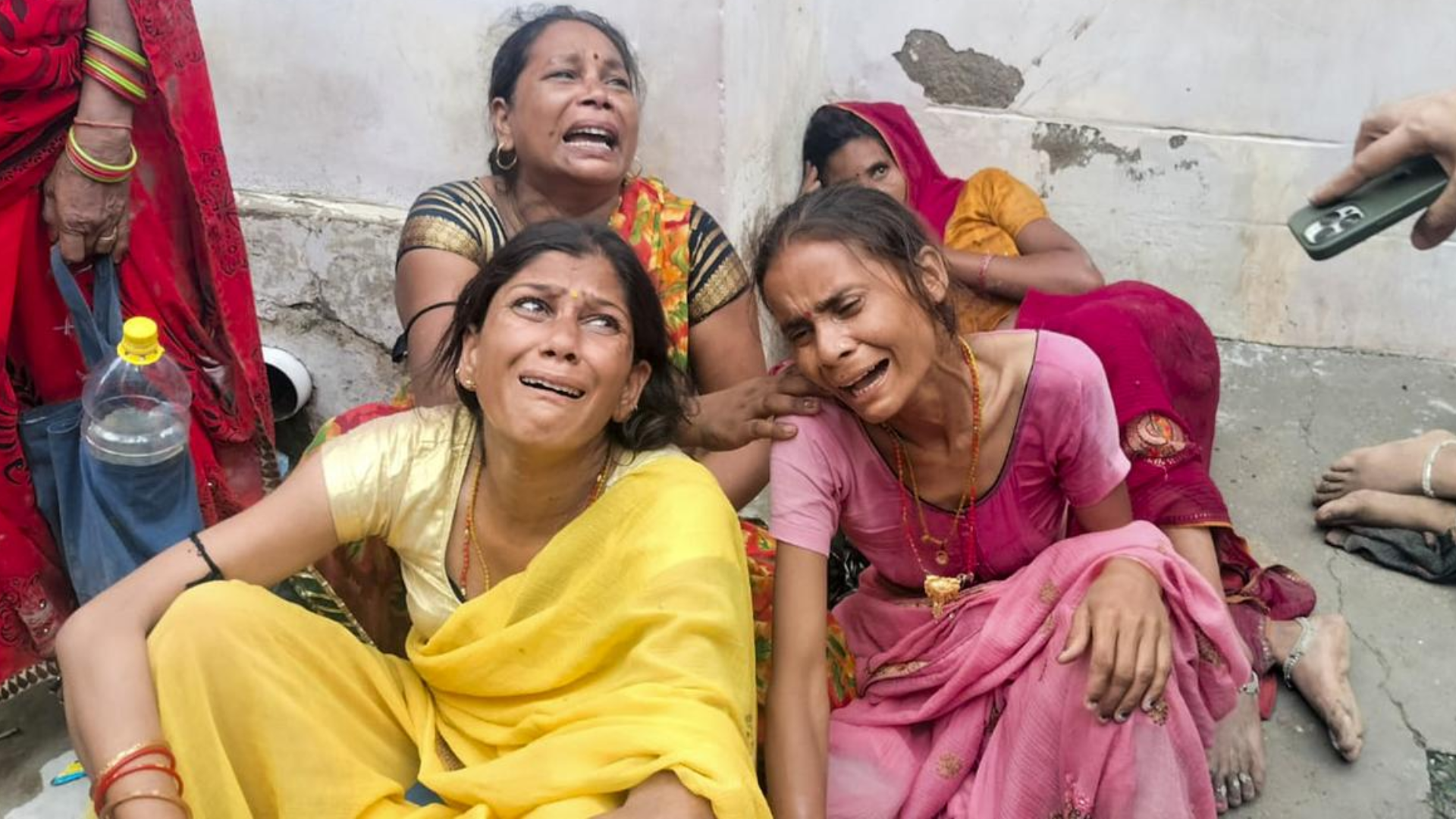WHO’s country-wise estimates of excess deaths due to COVID-19 ready, but India’s objections pushing back the publication
A country-wide estimate of excess deaths due to the COVID-19 pandemic by WHO has been ready for quite some time, but pushback from India, which is contesting the number, has stalled the report’s publication. But many leading experts in India and several international studies have, for a long time, castigated the government for severe under-counting.

The World Health Organisation (WHO) is set to release in April country-wise estimates of excess deaths caused by COVID-19, according to several media reports.
The study was ready for publication by December, according to a report by The New York Times (NYT), quoting Jon Wakefield, a professor of statistics and biostatistics at the University of Washington, who played a key role in building the model used for the estimates. But objections from the Modi government and a few others pushed the date, with the WHO agreeing to do “all sorts of sensitivity analyses”, according to Dr Wakefield; but then, he said, “the paper’s actually a lot better because of this wait, because we’ve gone overboard in terms of model checks and doing as much as we possibly can given the data that’s available.”
The estimates were produced as a collaboration between the United Nations Department of Economic and Social Affairs (UNDESA), WHO and a WHO technical advisory group (TAG) set up for this purpose.
What statisticians and researchers call “excess mortality” is the difference between all deaths that occurred and those that would have been expected to occur under normal circumstances. The excess mortality estimates will account for both direct and indirect impacts of the pandemic.
The figure for excess deaths for all countries combined is a massive nine million, according to the NYT report; the official death toll, per the worldometers.info website, on the other hand, is 6.2 million, or 62 lakh, approximately. Therefore, a total of about 15 million had died by the end of 2021 (the WHO report was ready by December), more than double the official total reported by countries individually.
The NYT report says that “WHO’s calculations [of excess mortality] include those deaths directly from COVID, deaths of people because of conditions complicated by COVID, and deaths of those who did not have COVID but needed treatment they could not get because of the pandemic. The calculations also take into account expected deaths that did not occur because of COVID restrictions, such as those from traffic accidents.”
India stalling
“India’s effort to stall the report’s release makes clear that pandemic data is a sensitive issue for the Modi government,” says NYT. And there is good reason for that.
On January 28, 2021, Prime Minister Modi boasted at the World Economic Forum’s Davos Dialogue that India had “saved humanity from a big disaster”, and a couple of months later, the then health minister, Dr Harsh Vardhan declared that the country was “in the endgame of COVID-19”.
As a result, complacency set in, leading to missteps and attempts by officials to silence critical voices within elite institutions. Then, the hugely devastating second wave hit India, in April. Hospitals across the country had to turn patients away and oxygen ran out. But many deaths went uncounted.
Many leading experts in India and abroad have, for a long time, questioned the government’s record-keeping, saying that the official count of a little more than 5.2 lakh is too low.
This February, the minister of state for health criticised a study published in the journal Science that estimated the country’s COVID death toll to be six to seven times that of the official number. In March, the government questioned the methodology of a study published in The Lancet that estimated India’s deaths at four million, or 40 lakh.
The Indian government’s effort to stop the WHO’s publication of the report “is an unusual step,” Anand Krishnan, a professor of community medicine at All India Institute of Medical Sciences in New Delhi, who has also been working with WHO to review the data, told NYT. “I don’t remember a time when it has done so in the past.”
India has not submitted its total mortality data to WHO for the last two years, but the international health body’s researchers used numbers gathered from at least 12 states, including Andhra Pradesh, Chhattisgarh and Karnataka, to arrive at their estimate—which shows at least four to five times more deaths as a result of COVID-19.
Prudent to accept
Bhramar Mukherjee, a professor of biostatistics at the University of Michigan School of Public Health, who has been working with WHO to review the data, told NYT: “Personally, I have always felt that science has to be responded with science. If you have an alternative estimate, which is through rigorous science, you should just produce it. You cannot just say, ‘I am not going to accept it’.”
As reported by Devex, a leading media platform for the global development community, Dr Samira Asma, assistant director-general for the Division of Data, Analytics and Delivery for Impact at WHO, said: “The way WHO works with our member states, our job is not to please anybody. Our job is to present the right evidence.”
“While WHO is doing everything to work to address concerns, this must be balanced against WHO’s obligation to publish health statistics. Therefore, the estimates will be published, but noting India’s reservations,” a WHO spokesperson told Devex via email.







